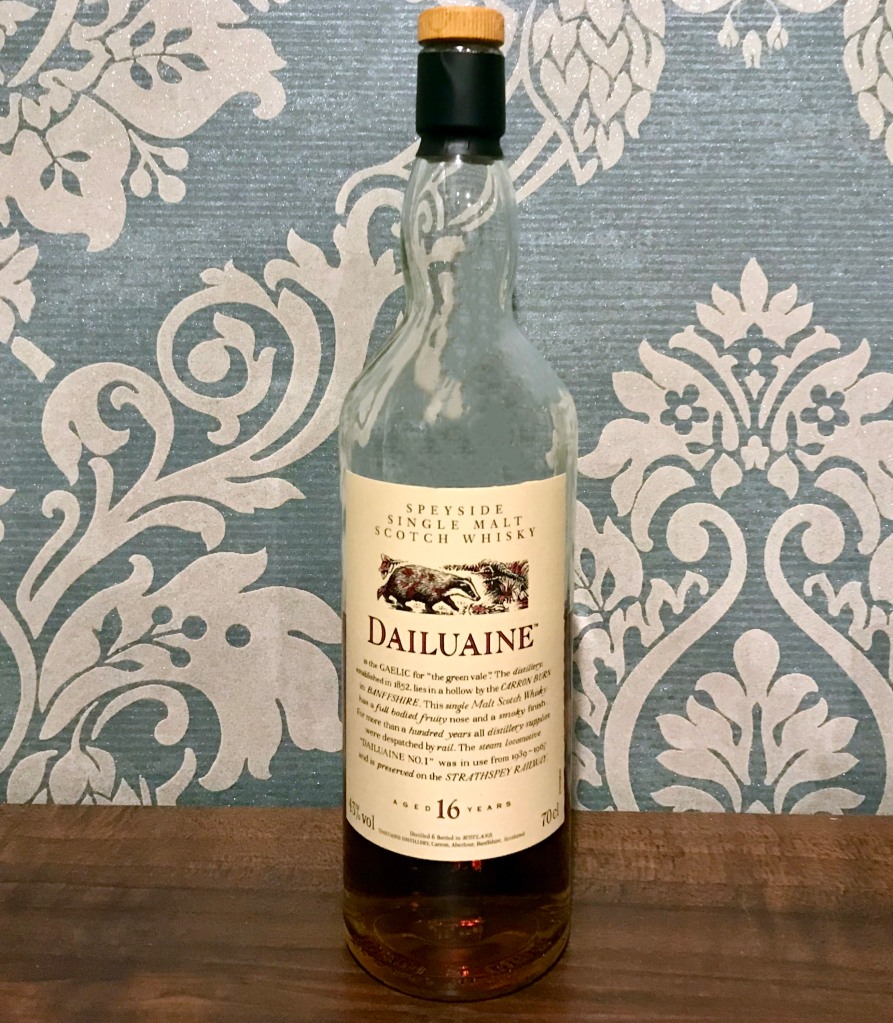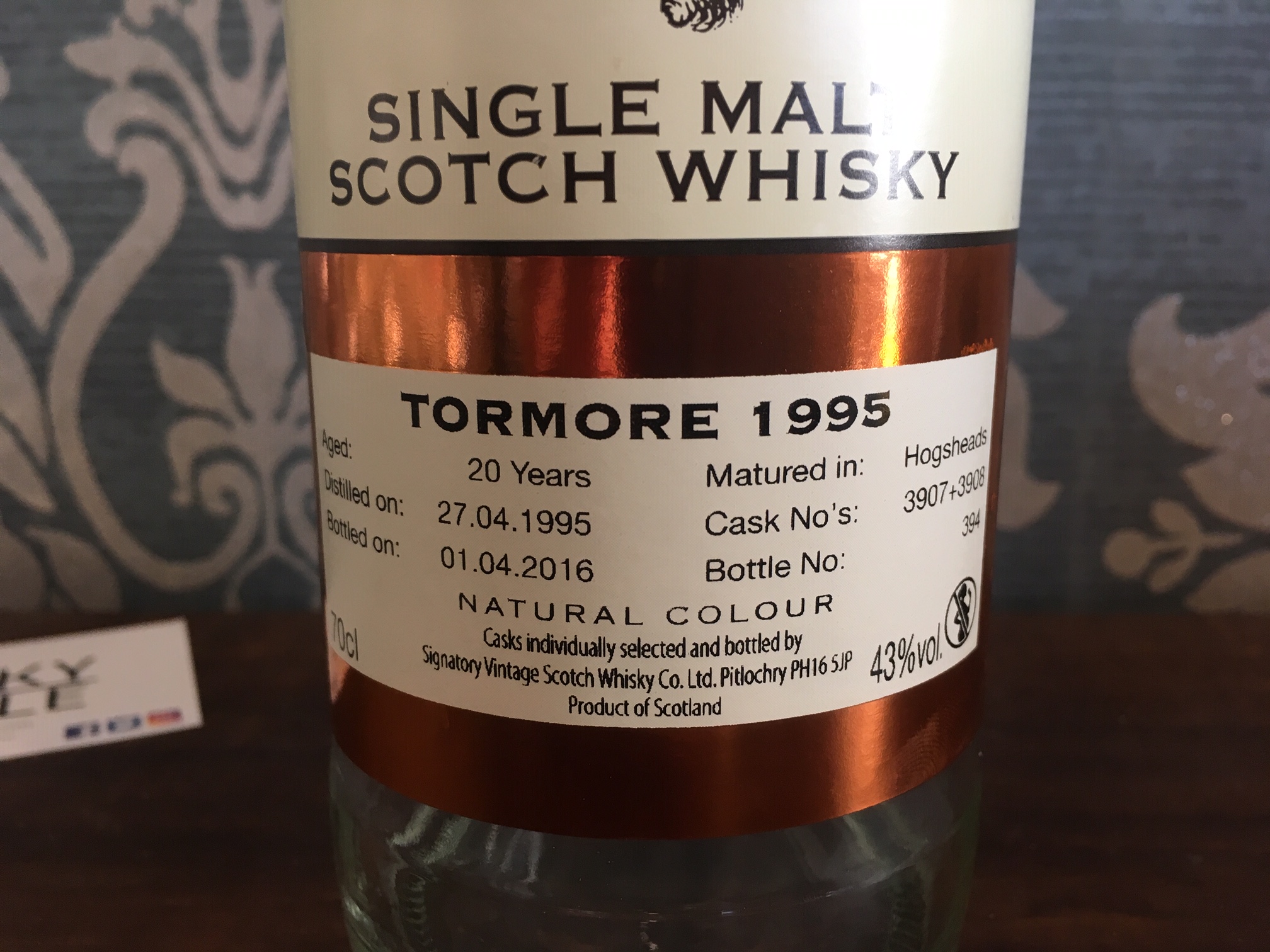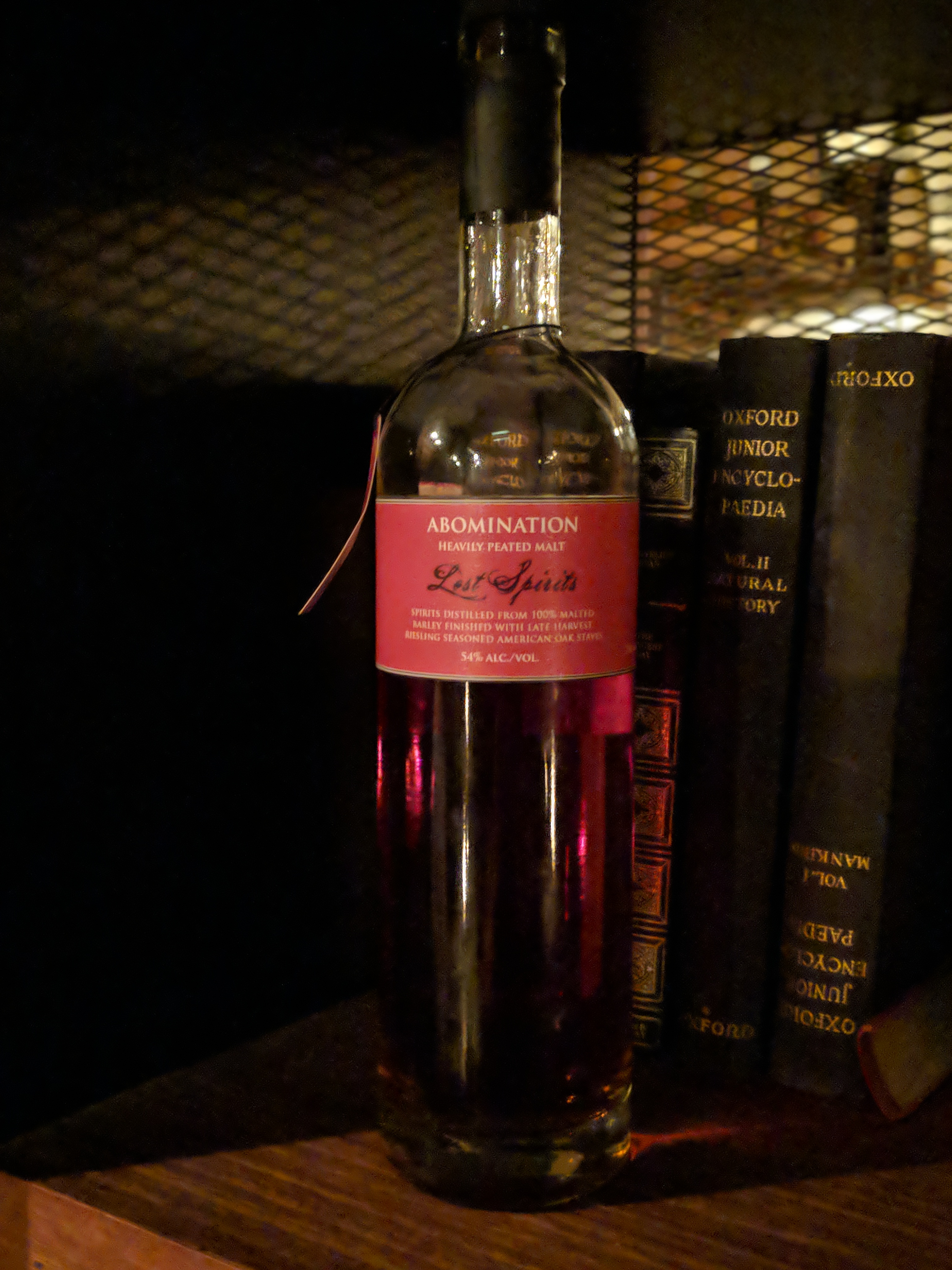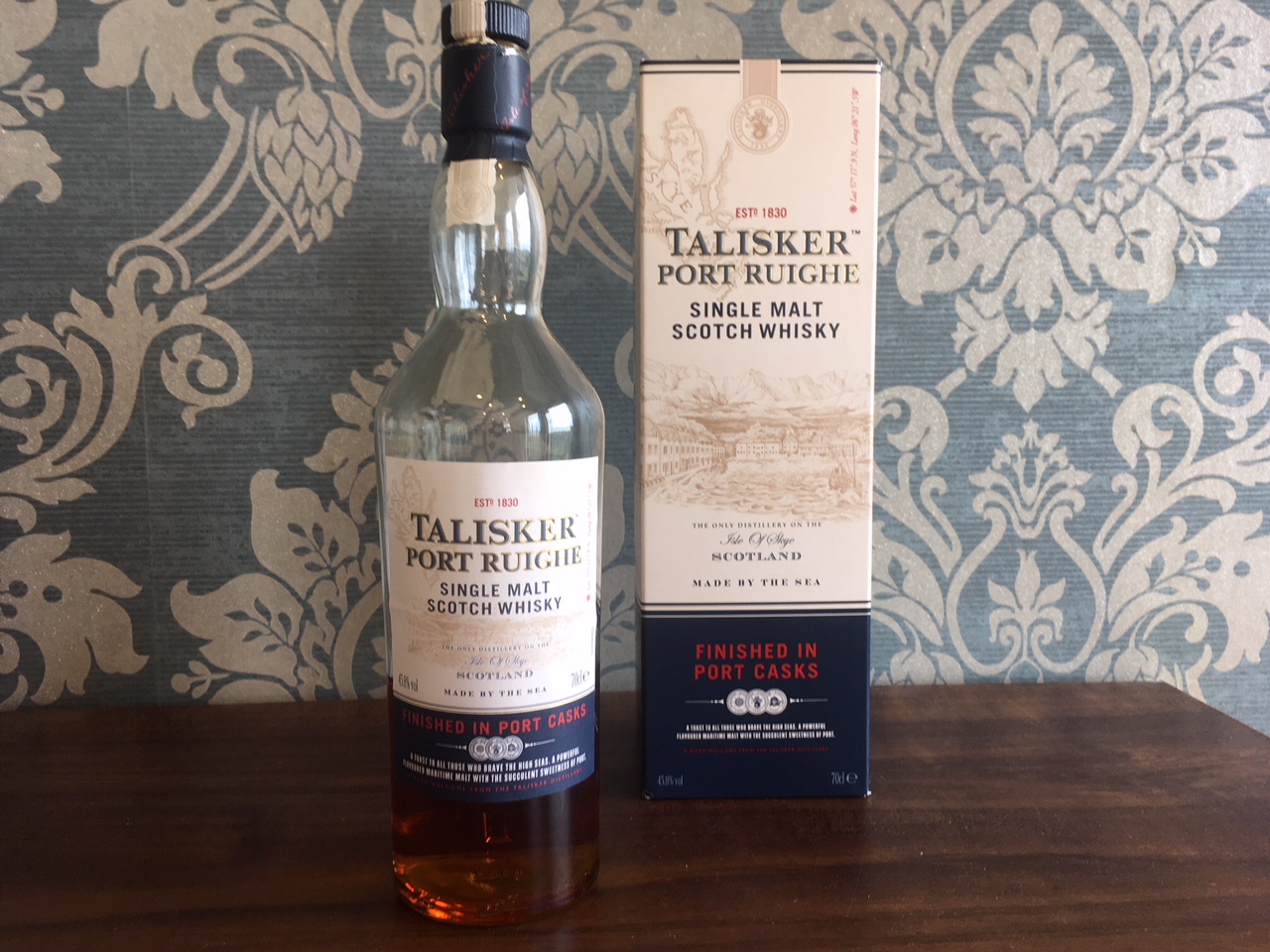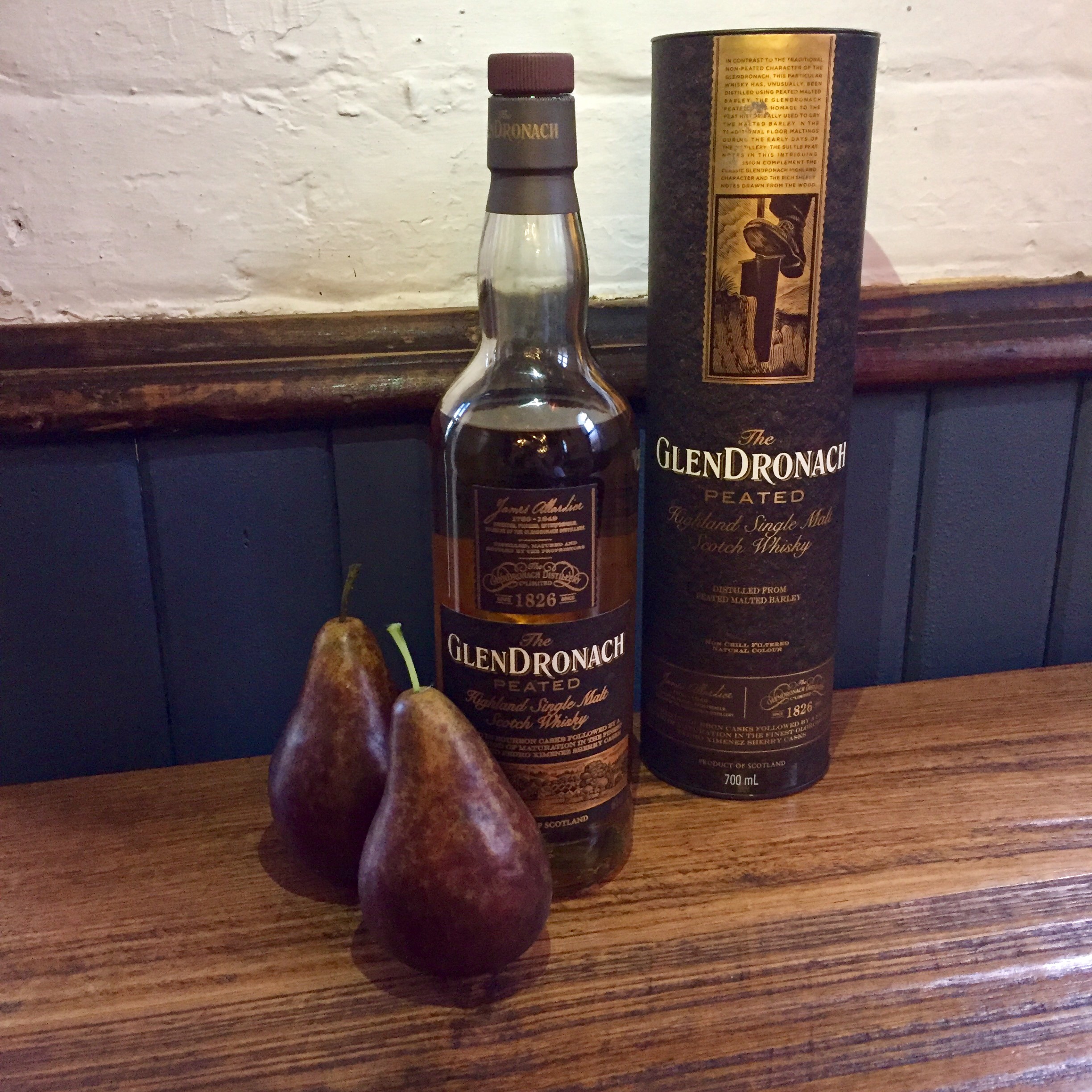Reviewed by: Ted
While it may hold the title of best selling single malt in the world, Glenfiddich can also be pretty divisive. I think that people tend to fall into one of five broad camps:
- People who don’t know any better and for whom single malt = Glenfiddich (this is what they get if they want to be posh and step up from the Johnnie Walker). Products of William Grant & Sons’ decades of advertising or ‘Mad Men’ fans, they will definitely ask for it served on the rocks.
- Fence sitters who don’t really care one way or the other. Would probably drink with coke if you let them (Philistines).
- Mad haters who loathe Glenfid because it’s ‘big whisky’ and ‘such a cliche’. Probably wears a moustache and likes single origin American ryes that you’ve never heard of or underground independent release.
- Tourists, because when in Scotland, the UK… (“Waidammit, hey honey, is Scotland in the Ewe-naa’ded Kingdom?” “Ah honestly don’t know Earl, is that the same as Enga-land?” Scots: “Not for long if we can help it!” #brexit #bullshit #freedom!)
- People who genuinely like Glenfiddich and recognise that while they might be a cliche, they actually make some pretty decent drams. Are probably fans of the 18yo, have eyed off an Age of Discovery in duty free and will half-heartedly defend the 12yo against the haters.

I definitely fall into the latter category and in addition to the above, I also like to keep an eye on what’s going on outside of the core range. In recent years Glenfid have been releasing what they have dubbed their ‘Experimental Series’, which they claim to be ‘game changing’ and ‘ground breaking’ (as mentioned previously, they’re also quite good with the marketing guff).
Once you get past the superlatives, the Experimental Series is all about interesting finishes, barrel combinations and playfulness. Brain child of Master Malter Brian Kinsman, past alumni include the IPA Experiment (of which I own a bottle and really must get around to reviewing), Project XX v1&2 and Winter Storm. The most recent release, #4, is called Fire & Cane and it’s a dram that is blatantly provocative.
Why? Because it says it right there on the bottle: “Fire & Cane – the whisky that will divide you”. Glenfid claims the reason for this is the two warring flavour profiles in the spirit, which splits people into two distinct camps, much like the great blue/gold dress debate of 2015 (just so you know, it was definitely blue, so there).

Team Fire: unusually for a Glenfid, the Fire & Cane is smoky (a fact you probably guessed from the name), a vatting of peated whisky and malts aged in ex-bourbon casks. Glenfid uses Highland peat in this, giving it a softer, friendlier profile than the medicinal/elemental Island peats.
Team Cane: What do you make out of cane? Wicker chairs of course! Oh, and rum. To give the release a big, sweet and spicy kick, Mr Kinsman used a variety of rum casks sourced from across South America to finish off the spirit for three months, thus creating the coal-ramel slice that is the Fire & Cane.
Glenfiddich are so conviced that people either taste the smoke or the sweet that they actually provide two sets of tasting notes with the bottle, offering you a choice depending on which side you fall. So where do I fall?
The nose is a suprisingly complex melange of tropical fruits like pineapple, guava, feijoa, papaya and banana, as well as caramel, straw and hot metal. That Highland peat is not really present as smokiness (“Toto, I’ve a feeling we’re not on Islay anymore”), but more of a savoury note that sits underneath the fruit. It’s kind of like a fresh fruit salsa on some smoky BBQ Caribbean jerk meat.
The peat is much more obvious on the palate, starting off as a tingly, ashy layer with pepper and cured meats before giving way to sharp and sour notes of mead, lemon, and underripe plums. The finish is bright and fairly dry, with a burnt-herb linger and a tickle of orange at the end.

Rather than falling squarely into one camp or the other and staying there like the Glenfid marketing team wants me to, I kind of feel like Harvey Dent/Two-Face flipping his coin. Sometimes I go one way and sometimes I go the other, getting smoky or sweet notes on different tries (whereas if I was Rozencrantz or Guildenstern, I’d be wondering why I kept getting the same flavour every time #obscuremoviereferences).
The Fire & Cane is a really good demonstration of how you can mess around with one of the best known whisky flavour profiles in the world to create something interesting and new. Traditionalists will probably turn their noses up, but for me, I like it. It’s zesty and fresh with a smoky twist and puts me in mind of camping at the beach in the tropics. If you can find a bottle, take a crack and see which side of the fence you fall on.
***
Let us know if you’re #TeamFire or #TeamCane
